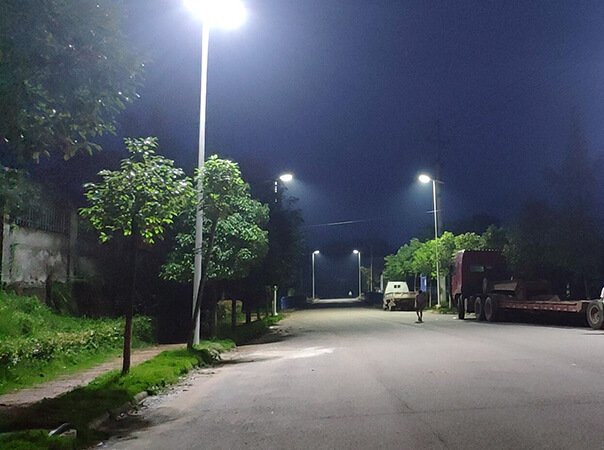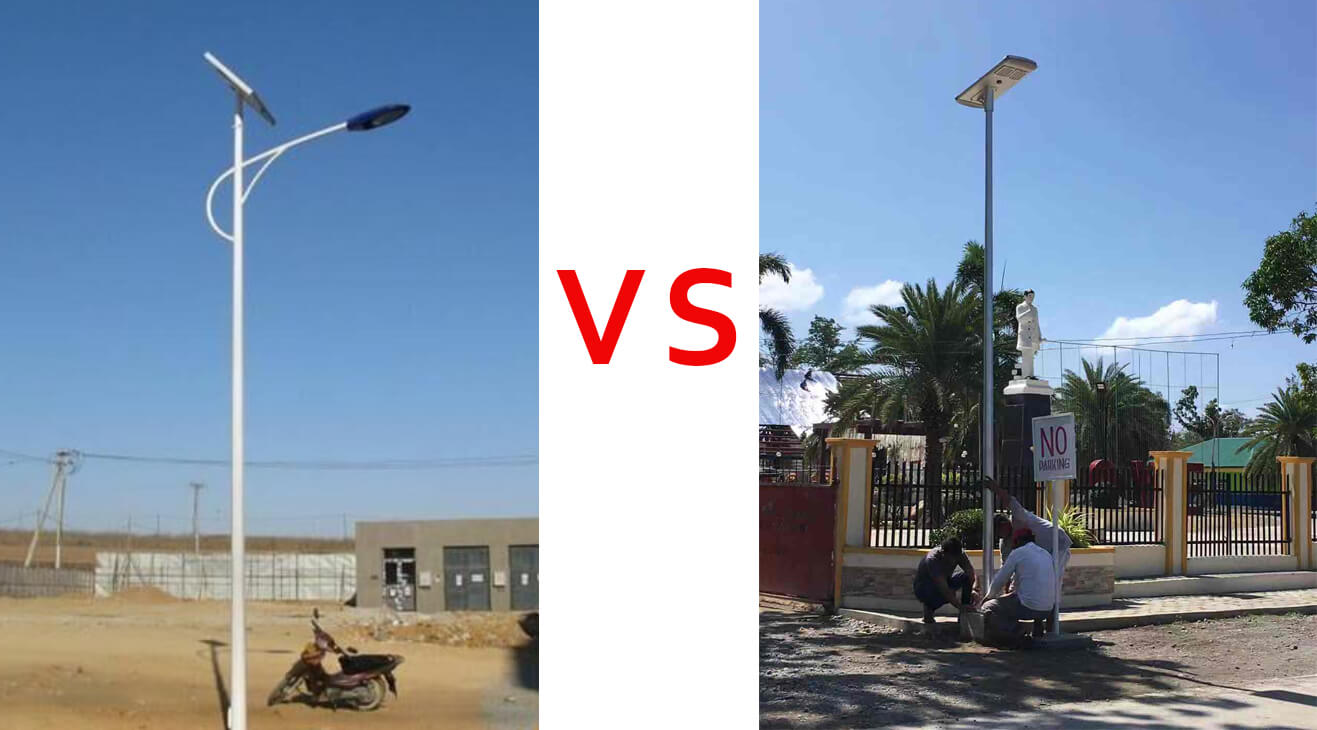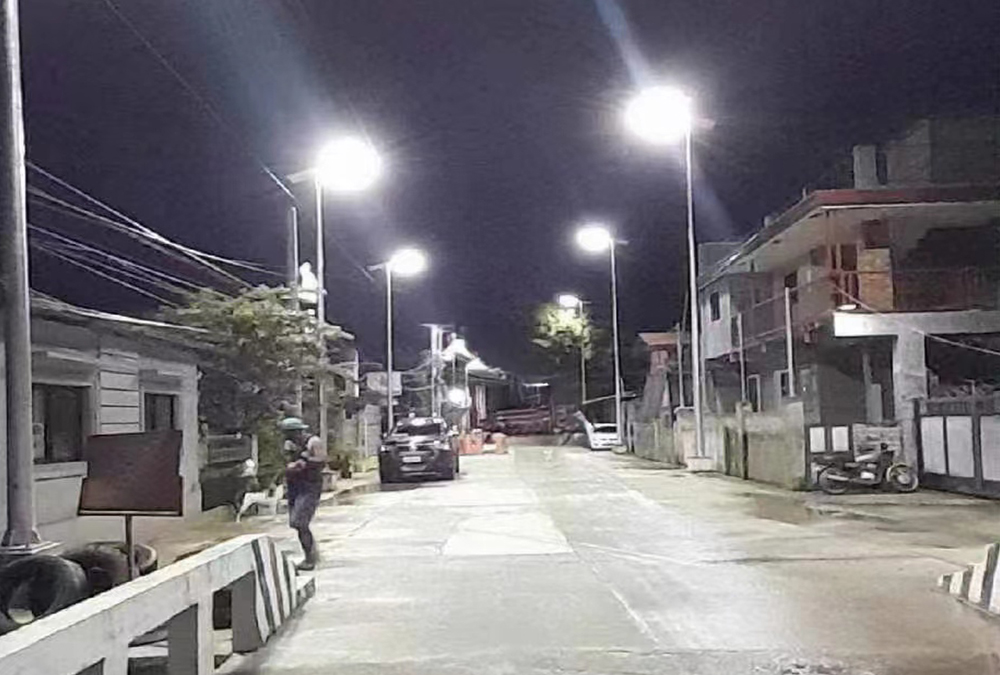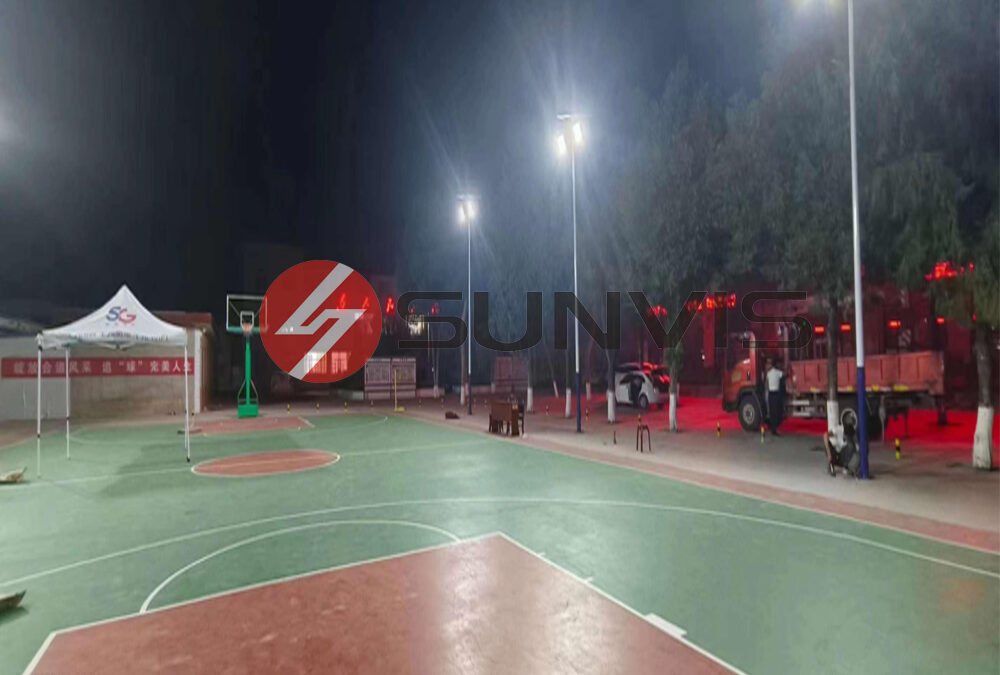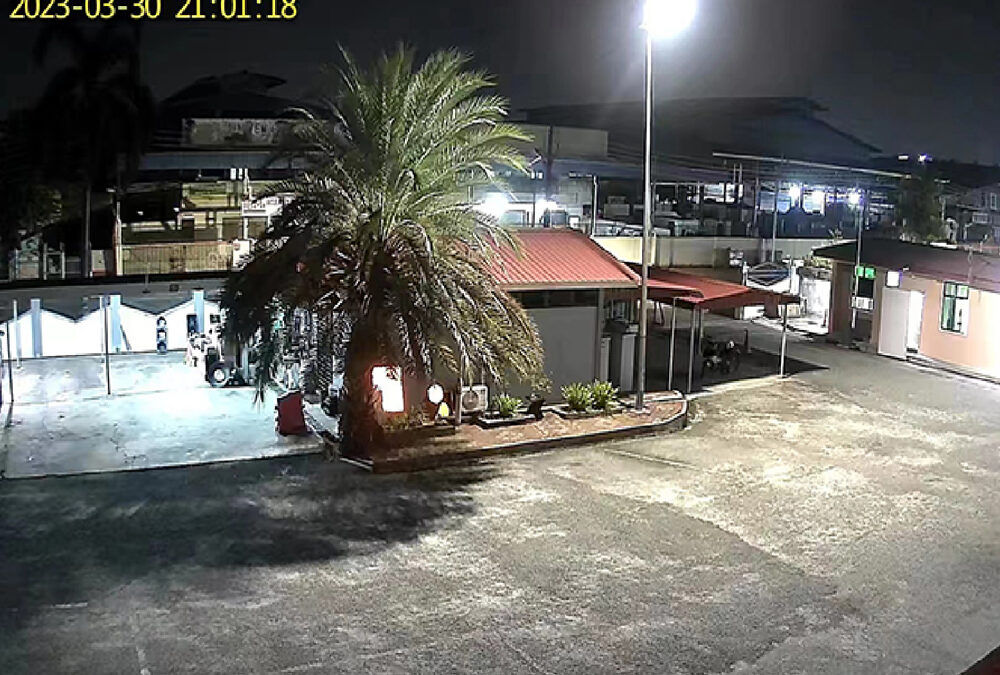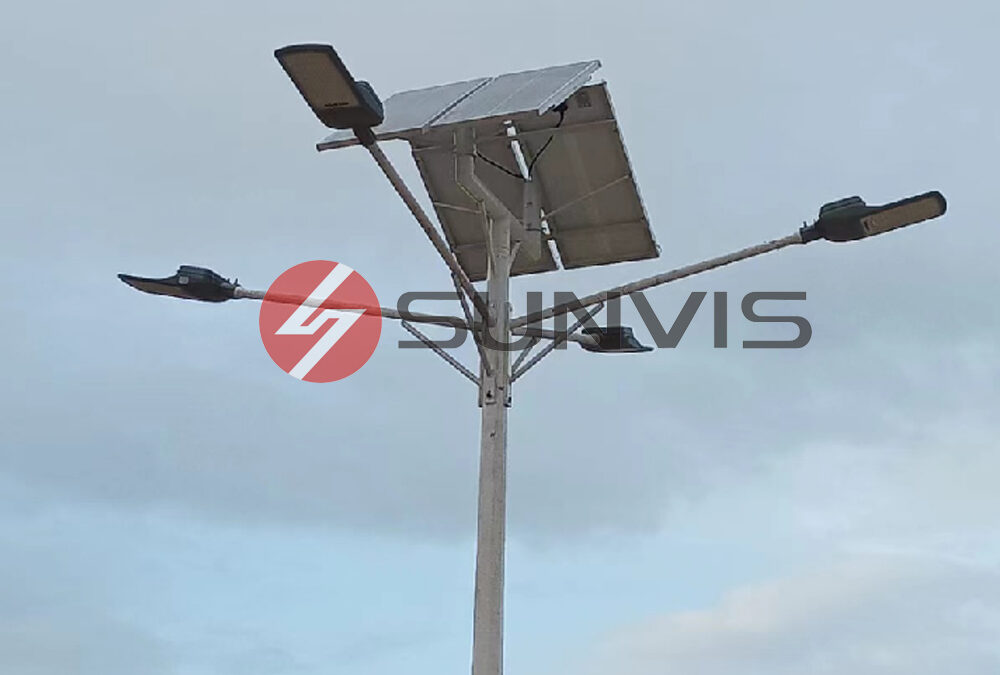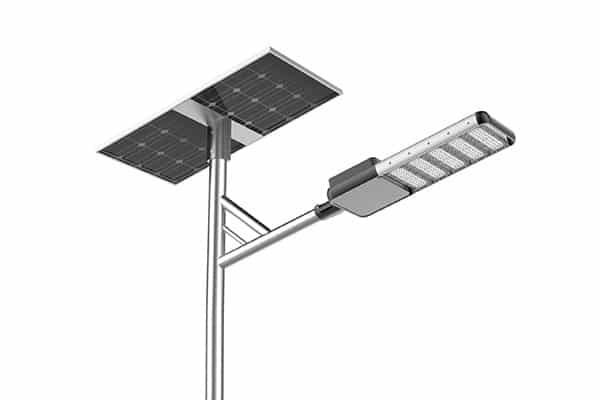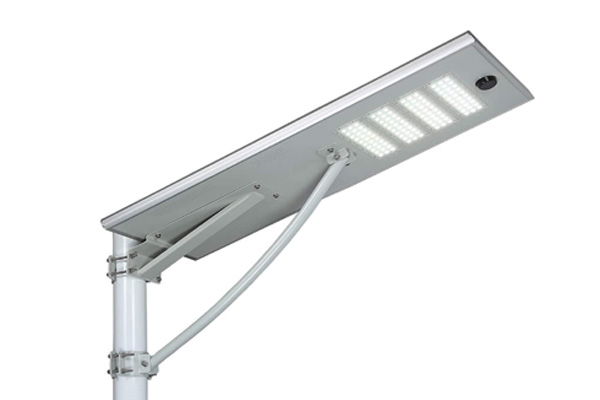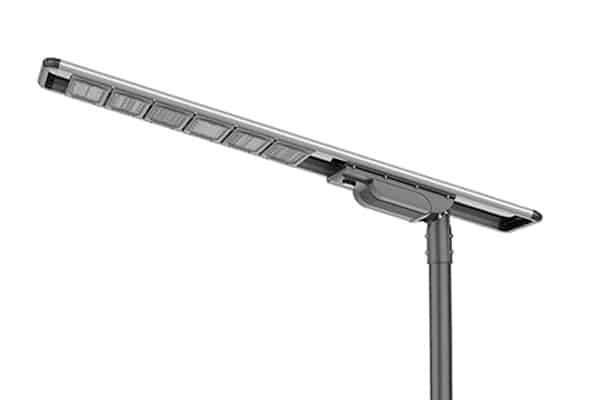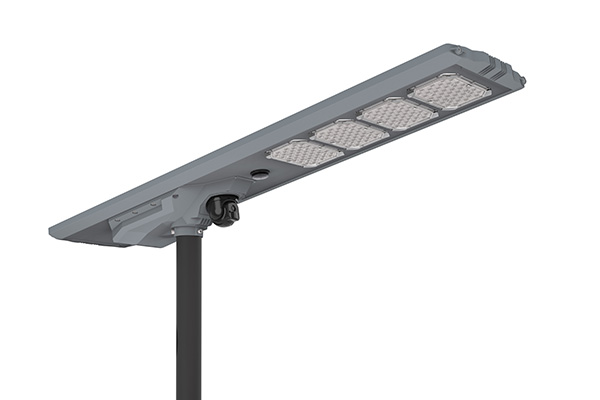Table of Contents
1. Solar street light battery types
1.1. Lead-acid battery
1.2. GEL battery
1.3. Lithium battery
1.4. LiFePO4 battery
2. Solar Street Light battery Maintenance methods
2.1. To prevent overcharge
2.2. To prevent insufficient charging
2.3. To prevent over discharge
2.4. Control the ambient temperature
With the increasing of renewable energy technologies, the application of solar street light is becoming more and more extensive. As an accessory in the core of the system, how to choose the battery for solar street lamps?
1. Solar street light battery types
Solar street lamp batteries currently use four types: Lead-acid Battery, GEL battery, Lithium battery and LiFePO4 battery.
1.1. Lead-acid battery:
The plate of lead-acid battery is composed of oxides of lead and lead, and the electrolyte is an aqueous solution of sulfuric acid. The main advantage of lead-acid batteries is stable voltage, cheap price, and high safety. The disadvantage is that the service life of lead-acid batteries is relatively short, and the volume is much larger than that of ordinary batteries, but due to its price advantage, the Lead acid battery still dominates the solar street lamp industry.
1.2. GEL battery:
Equivalent to an upgraded version of lead-acid battery, mainly the internal colloidal electrolyte instead of sulfuric acid electrolyte, It is increased in power storage capacity, discharge capacity, safety performance and life expectancy; The GEL battery can be used in the temperature range of -40 ° C to 65 ° C. The low temperature performance is better. In the cold regions of the north or the tropical regions with higher temperatures, the GEL battery is the best choice; The self-discharge is very low, it can be storage for 1-2 years without charging, can be safely used under a variety of harsh conditions, the service life is double or even more than Lead-acid batteries.
1.3. Lithium battery:
Lithium battery has many advantages; it is High energy density, small size, fast charging, and high price. It has a deep cycle of about 500-800 cycles and has a lifespan similar to that of a gel battery. It is used at temperatures ranging from -15°C to 45°C. However, the lithium battery also has drawbacks, and the safety is poor. If the battery internal is not stable, or the lithium battery produced by the unqualified manufacturer, It is highly probable that an explosion may occur in an overcharge process or in a high temperature environment.
1.4.LiFePO4 battery:
Higher energy density, small size, fast charging, stability is also good, wide temperature application, but the price is the highest among all batteries. At present, due to its cost, it has not been used on a large scale.
2. Solar Street Light battery Maintenance methods
Due to the current lead-acid battery or gel battery used in most split solar street lighting systems, integrated solar street lamps use lithium batteries or lithium iron phosphate batteries. Therefore, we will introduce the maintenance of these batteries:
2.1. To prevent overcharge
The battery life of solar street lamps is not only dependent on external maintenance, but also closely related to the internal heat accumulation. If the solar battery is overcharged, the internal temperature of the battery will increase step by step, and thermal runaway will occur. If it is serious, it is possible to greatly shorten the battery life and even make the battery scrapped. If we want to prevent the battery from overcharging, we must provide the voltage value of the charging in strict accordance with the manufacturer's instructions.
2.2. To prevent insufficient charging
In addition to preventing overcharging, solar cells must also prevent insufficient charging. If the battery is not fully charged, it may be caused by a problem in the rack system or because the voltage is too low. Frequent under-charging can result in fewer battery cycles and shorter battery life.
2.3. To prevent over discharge
The depth of discharge of the battery is closely related to the number of charge and discharge cycles (lifetime) of the battery design. In terms of ratio, if the depth of discharge is 10%, the number of cycles is 10,000, and when the depth of discharge is 70%, the number of cycles is only 500. The greater the depth of discharge, the fewer the number of cycles.
If the over-discharge is serious, the battery life will be shorter. If it is serious, the battery may not be activated to the best state, and even it will be scrapped. In order to prevent this battery from being over-discharged, it is necessary to install a BMS system in the lithium and LiFePO4 battery and a solar charge controller for Lead acid battery and GEL Battery, which can adjust the voltage of the battery, balance the voltage and current between the batteries.
2.4. Control the ambient temperature
A particularly high temperature environment will reduce the life of a solar cell by half, so the control of the temperature of the solar cell is very important. The battery has a long service life under normal temperature conditions, and the battery is very sinful in hot weather. If the environment is relatively harsh and there is a very low temperature or extremely high temperature, it is best to use a GEL battery with a wide temperature range for split solar street light and LiFePO4 battery for all in one solar street light.
As a solar led street light manufacturers in china, we always use the best qualified batteries for our split solar street light and all in one solar street light.
To know more about our solar light, please feel free to contact us: [email protected]

